Get in Hunting Shape
With a brand new year upon us, fitness is often at the top of the resolution list. “This is the year I shed 15 pounds,” or “I’m going to eat healthy or clean or paleo or (insert dietary lifestyle of choice),” or even “I will finally be able to walk up my stairs without breaking a sweat.” Whatever your fitness goals for this new year, I applaud your initiative.

I’d also like to point out that if you are a hunter (which is probably a fair assumption since you’re on this site), your next hunting season will undeniably be improved by getting in better shape. Whether you’re a treestand hunter sitting over whitetails or a backcountry western guy chasing elk in the Rockies, fitness can often be the difference between getting it done and missing an opportunity. But, what’s the best program? How does one train for the unique and multifaceted activity that is hunting? I’m glad you asked!
Start with Strength
Strength, in the most academic sense, is the ability to apply force to an object. Whether that’s the force applied to a 100lb. pack full of elk meat, hoisting a treestand into place, or rolling the giant buck you just harvested so you can start working on the other side. Strength plays a role in virtually every endeavor we encounter in daily life, but it especially shows up throughout our hunting efforts. Strength is the hardest/slowest aspect of fitness to build (it’s also the slowest to lose, by the way), but it makes a marvelous foundation for the rest of the system when it’s in place.
So, if you’re diving into a New Year’s Resolution to get in shape, you probably have months and months until your next hunting adventure. While you have time on your side, focus as much of your fitness efforts as possible on strength training. The best way to do that, in my humble opinion, is with a barbell. Squats, deadlifts, and bench press...these are the big 3. I’m not saying those are the ONLY lifts you should do, but they should get the priority. Done with proper form and not letting your ego determine how much weight you start with, these are perfectly safe exercises for a vast majority of the population (obviously, if you have a pre-existing condition or are fresh off a back surgery, perhaps you should adjust the program a little bit).

Now, that’s a very brief description of a very big subject, so I’m sure there are questions, objections, or specific concerns you have for your particular situation. Obviously, one quick article can’t work through every possible variable, but here are a couple common concerns:
-
If you don’t have access to a barbell (or are uncomfortable with them in general), something is better than nothing. If you’d rather live on machines (or that’s all you have available), go for it. Prioritize as many large movements/muscle groups as you can (leg press vs. leg extensions, for instance), and work the same protocol of keeping good form and adding a little bit of weight each time.
-
If you’re concerned you’ll get too bulky, jacked, yoked, or whatever other bro-term has you worried, don’t be. Yes, you will build a little muscle mass, but in a couple months you won’t have lost your neck or suddenly started benching 500 pounds. If you’re looking to stay or get lean, a couple months of basic strength training is still the perfect starting point.
Endurance is more than just running
Obviously, jogging has been a go-to form of exercise - specifically for “cardio” - since the dawn of man. And it’s still a perfectly fine way to train the endurance systems of your body if you’re into it. Some of us (definitely me) would rather crawl across a bed of glass than run for miles and miles on end. So, as we seek to round out our fitness and train our bodies for all that we’ll ask of them during hunting season, we need to start including endurance training.
A lot can be accomplished in a gym, and there’s usually no shortage of machines that can get your heart rate up and suit your particular style. Hop on a stationary bike, a good old fashioned treadmill, or even break out the stair climber (a great option if you plan to do some mountain hunting). It can also be really effective (especially if you’re trying to shed some fat) to do some “HIIT” training (High Intensity Interval Training). This is where instead of maintaining a steady rate of exertion, you go all out for a short time (20 seconds...maybe up to a minute), and then you go slower for about twice the time you went fast. This can be sprints out on the road, alternating high and low intensity on a stationary bike, or even sprinting up a hill and walking back down. 20 minutes of that kind of training will not only leave you fully gassed, but does wonders to fire up your body’s fat-burning efforts.

It’s worth noting that at some point, mimicking exactly what you’ll be doing during hunting season is a necessary addition. If you’re backpacking miles into the wilderness, make at least one of your cardio sessions each week a good long ruck (walking with a weighted pack). Even if it’s on the even pavement of your neighborhood, it’s still training all those little muscles and ligaments for the exact rigors you’re about to put it through. Do you hunt an area where you typically have to drag your deer out to the road after gutting it? Some tire or sled drags can be a great way of training that exact muscle movement. I tend to hunt in some steep, rugged terrain, so I always incorporate lots of weighted step-ups in the gym leading up to hunting season...it’s the exact motion I’ll make all day every day as I climb those slopes with a pack on my back.
You Can’t Out-Train a Bad Diet
This is the least fun part of fitness for most of us, but it’s a simple reality we must face. You could hit the gym 6 days a week, do all the right lifts and all the intense cardio your body can handle, but if you’re eating a carton of ice cream every night, you’re not going to see the results you’re hoping for. That being said, eating doesn’t have to be crazy-restrictive, you don’t have to jump on every fad diet that comes across social media, and you can still have those favorite treats if you work them in correctly.
This is obviously another massive subject that a couple paragraphs in one article can only scratch the surface of, but let me give you the basics of what I believe is the most customizable and flexible method for eating right while still living your life: tracking your macros. If you haven’t heard of that before, “macros” is simply short for macronutrients, which are carbohydrates, fats and proteins. Essentially, you determine how much of each of those three you need to eat every day, then you simply track and make sure you come as close to those three numbers as humanly possible. There are a number of calculators across the internet that can help you get an idea of your body’s daily caloric needs (based on your current weight and activity level), but let me say that it’s rarely the 2,000 calories we’ve all been taught since grade-school (especially for men who are training like we discussed, it’s often much more).

As for keeping track of all those numbers, there’s a terrific free app called My Fitness Pal that lets you set your macro goals and then enter all your food for the day. Again, I can’t sit here and throw out a specific number because everybody’s daily caloric needs are going to be different. But here’s what I can recommend: after you’ve determined your daily calorie goals, play with the percentages of how much of those calories will come from carbs, fat, and protein. For the average person strength training with some cardio mixed in, I usually recommend 40% carbs, 30% fat, and 30% protein. If you’re really trying to lean out and shed some fat, I’d reduce the carbs to 35% and up the protein to make up the difference.
Here’s the beauty of this system - it puts you in the driver’s seat of what exactly you’ll be eating. You’re not just sucking down chicken breast, rice, and broccoli three times a day until you lose the will to eat. Do you love Pop Tarts? You can still have them...you just have to plan a lower carb lunch to make it fit. Wanna have cake at your own birthday party? Go for it...just leave some room for those macros earlier in the day knowing that you’re going out that night. It’s an incredibly flexible way to manage your diet, and I believe that is what makes it so much easier to maintain for the long haul.
You Can Do It!
Okay, that was already a ton of information and each of those sections probably could have been an article all by itself. I don’t know what goal you’re chasing this year, but let me encourage you that you can do it! Fitness takes time and discipline...that’s it. You don’t need to be a genetically gifted athlete, you don’t need to worry about one tootsie roll packing 5 pounds around the midsection. Diligently work the plan and if something crazy happens and you find yourself in a charity hot-dog eating contest...okay, drink an extra couple glasses of water, and get back on track the next day. Not only will you reap the rewards next hunting season, but virtually every other area of your life will be improved by getting healthier. You’re not training for the olympics, and six packs are overrated...just be a stronger, fitter, healthier you and take pride in whatever improvements you make this year. You can do it!
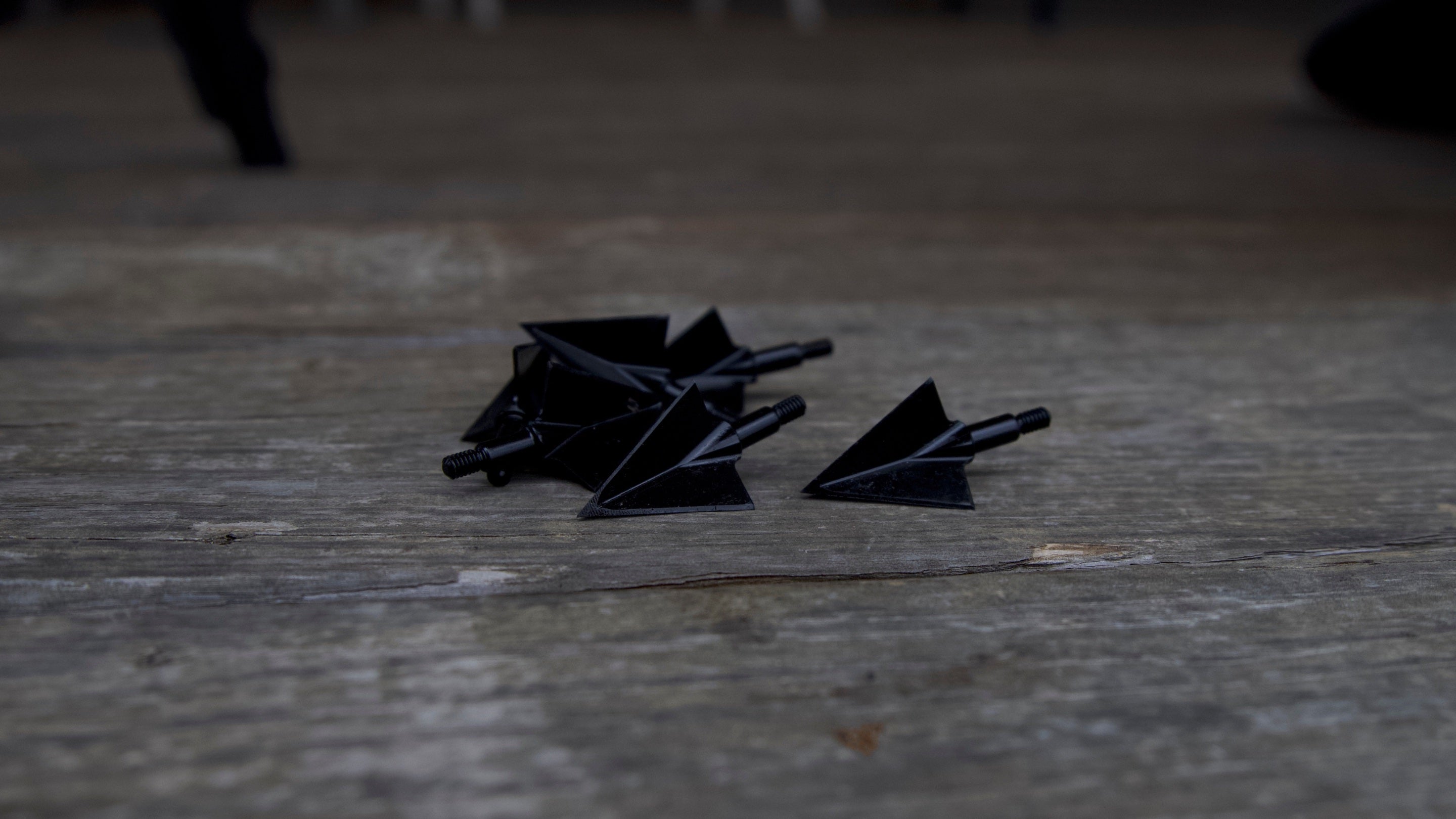
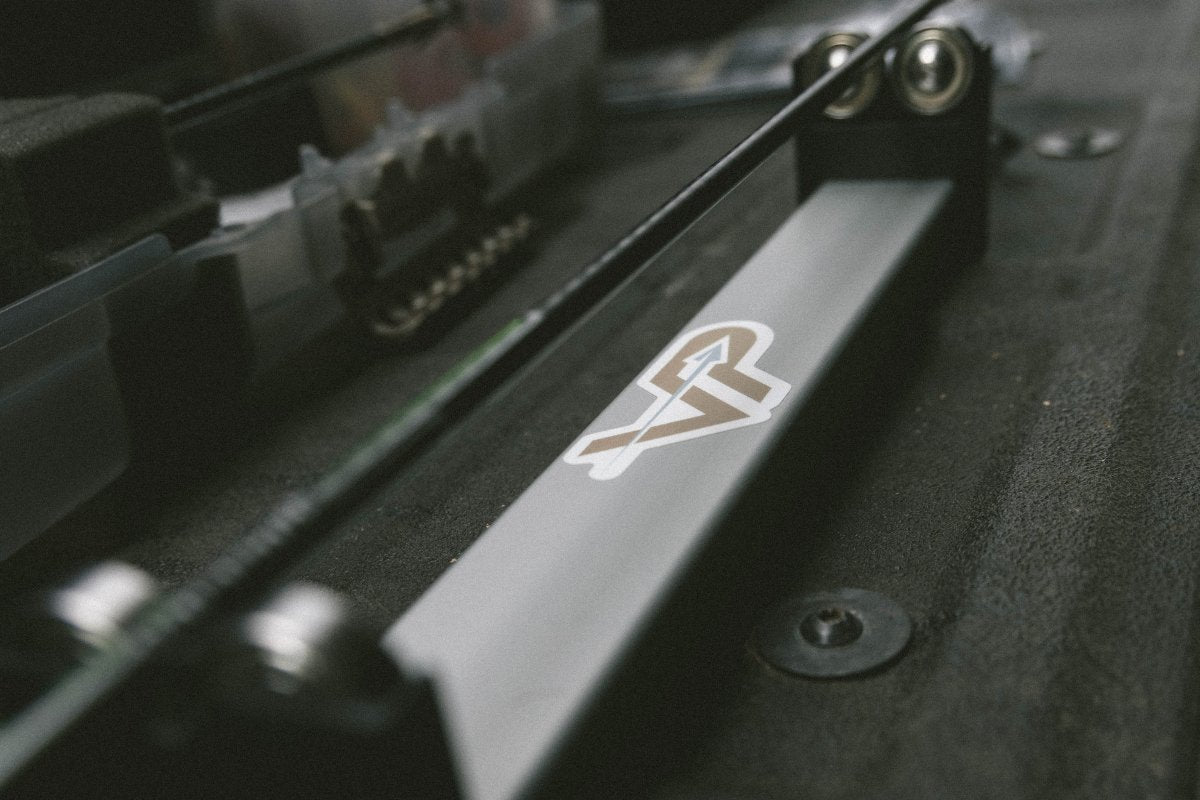
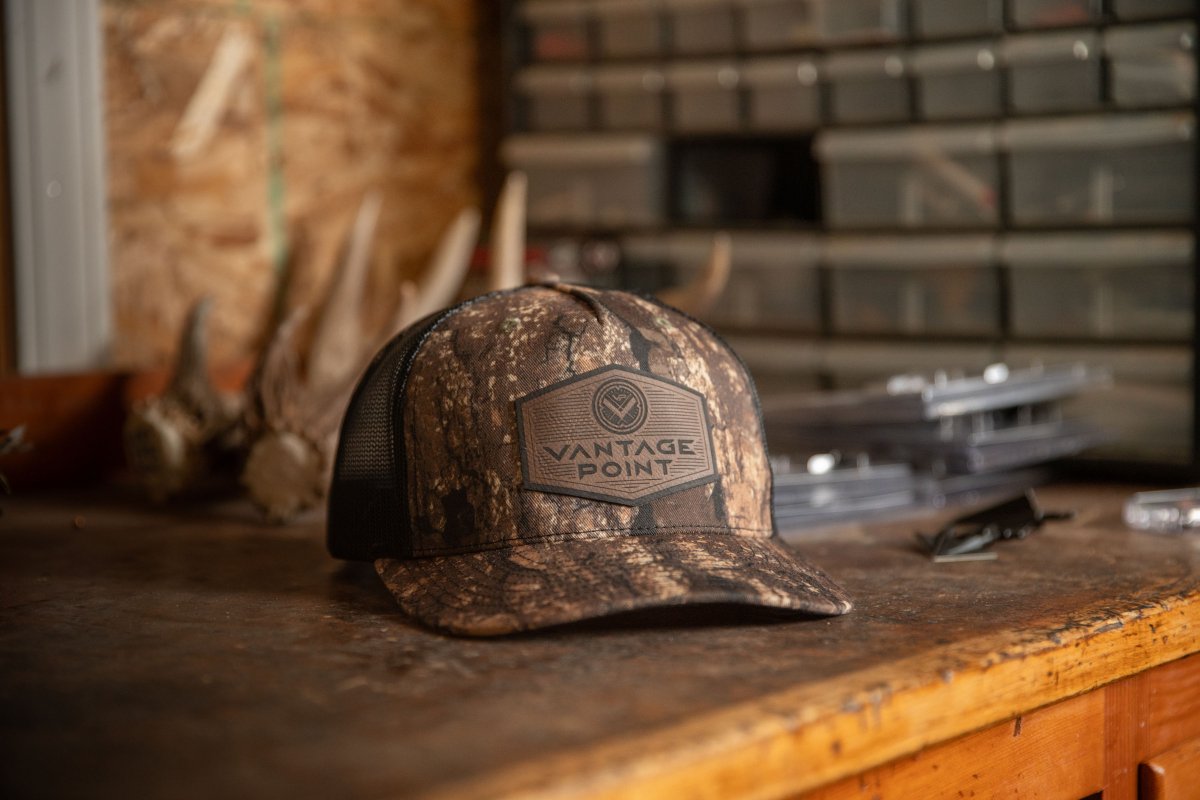

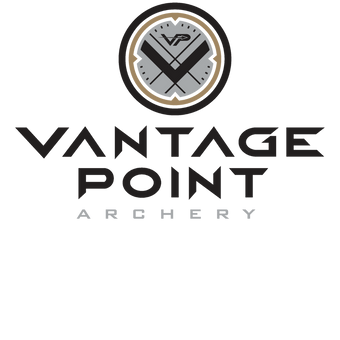
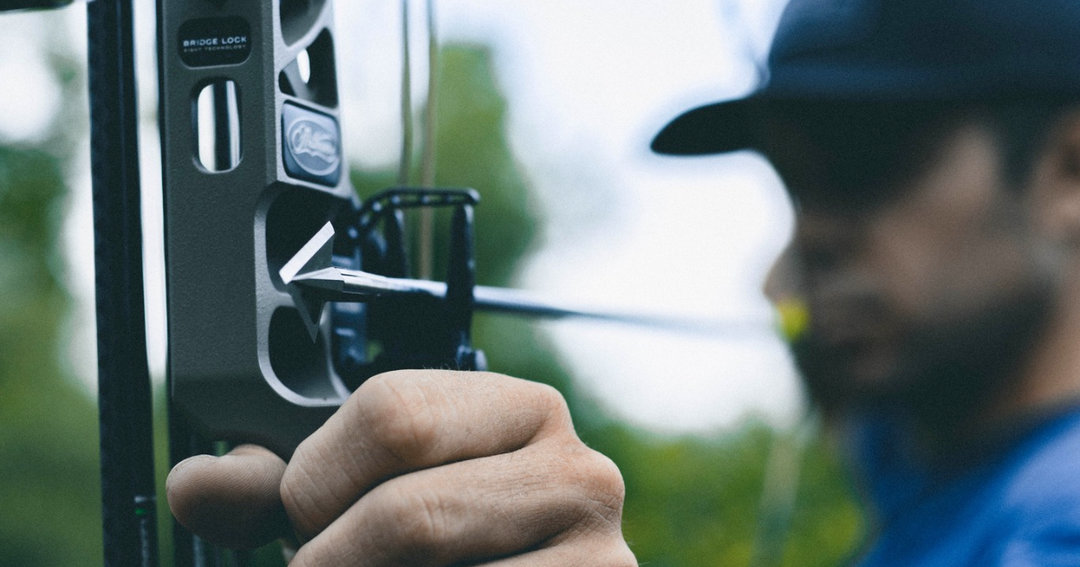
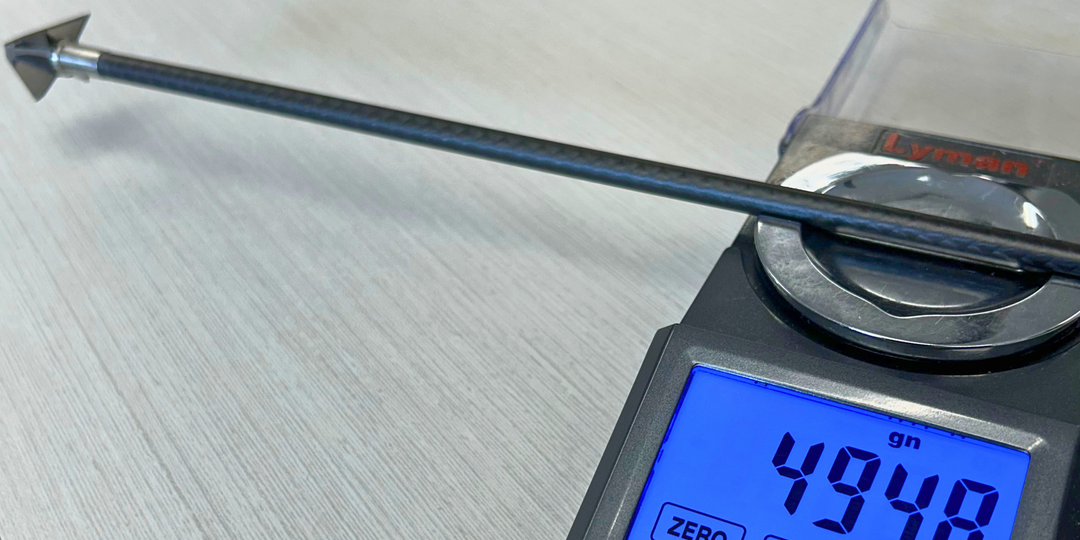
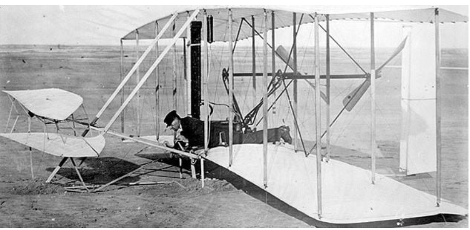
Leave a comment